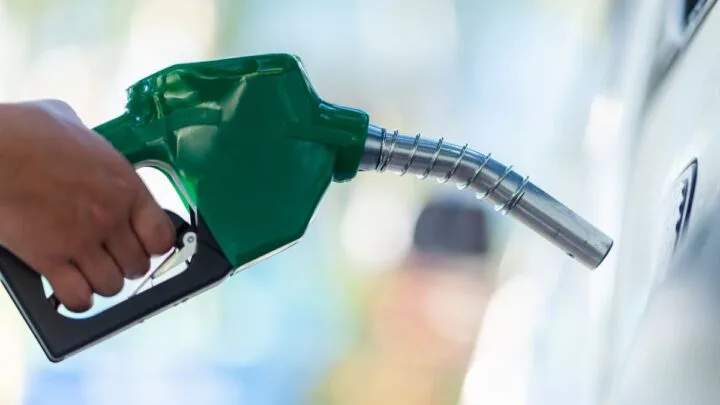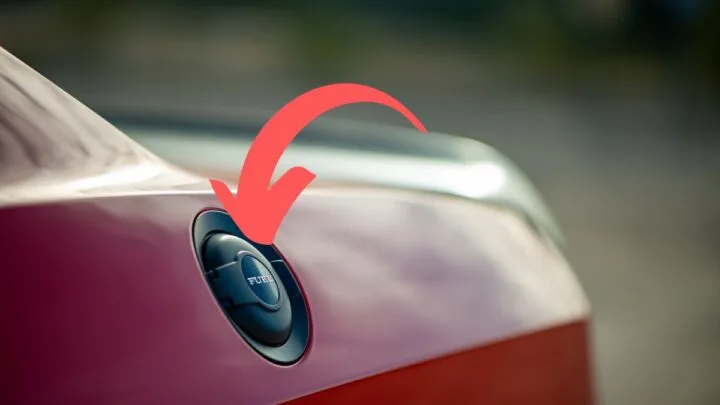For decades, automobile fueling technology made little noticeable changes each year.
Well, that was until Martinrea Industries, Inc. developed the capless fuel filler in 2008.
And among the early adopters of the innovation was Ford Motor Company, who installed it on some 2008 – 2009 models such as the Flex, Escape, Expedition, F150, and the Lincoln MKS.
2008 is a long way back, so we may assume that all modern car manufacturers have adopted the innovation. Do new cars still have gas caps?
Some new vehicles have gas caps, while others do not. But generally, newer vehicles from prominent companies such as Ford, Honda, GM, etc., feature capless gas tanks.
But is it advantageous for the car owners? What are the pros and cons? And, how does it work?
Read on to find out.
What Are the Pros and Cons of the Capless Gas Tanks?
The popularity of the capless gas tanks has seen tremendous progress since its introduction and pioneering in the 2008 Ford Explorer.
As of today, nearly every automobile manufacturer uses them, and the number of models featuring them is on the rise.
But knowing the shortcomings of the capped tank system, will this new advancement solve them? Or does it come with some of its own?
This section looks at the pros and cons of capless gas tanks and whether they’re here to stay.
Pros of the Capless Gas Tanks
- Eliminates chances of driving away without the gas cap
We all know what happens when we are refueling in a hurry and rush back to drive off. Sometimes, we forget to put the gas cap on and leave it dangling.
And while it isn’t dangerous to do so, it certainly impacts its fuel economy negatively.
Therefore, if you habitually leave the gas cap dangling after refueling, the capless one suits you.
- Reduces chances of siphoning gas
Ever been to a festival only to come back and find your gas tank empty?
The capless system makes it hard to siphon, since manufacturers install anti-siphon valves in the fuel filler neck.
Also, a siphoning tube won’t go past these valves.
- Reduces cases of gas tank vandalism
Capped gas tanks usually have an open fuel channel or neck that directs fuel into the tank.
Therefore, they are easy to get through for gas tank vandalism as someone could easily pour water, salt, dirt, or even dangerous chemicals into the tank.
And even as the capless tanks don’t extensively eliminate this issue, it goes a long way at reducing it.

- You’re less likely to get a fuel smell on your hands
With a capless system, all you have to do is flip open the funnel door and stick the pump nozzle through the opening.
In this way, you will have less contact with the fuel.
- Eliminates cases of lost gas caps
Most drivers have lost or forgotten the location of their vehicle’s gas cap at one point. With the capless system, the “gas cap” is on the inside and part of the fuel system architecture.
Cons of Capless Gas Tanks
- The fuel tank metal flap sometimes gets stuck
As seen above, these capless tanks have a metal flap that closes the opening to the fuel tank.
Sometimes, this metal flap gets stuck, allowing debris and moisture into the tank.
Too much dirt or moisture in the tank impacts your car’s performance, and it won’t be long before your check engine light turns on.
- An open flap causes a check engine light to come on
The check engine light is prevalent in vehicles with capped gas tanks.
However, you’ll receive a check engine notification if the metal flap remains open in a capless tank.
The challenge comes when you can’t spot the marginally open flap.
- It makes it hard to add fuel while on the road
If you’re stuck in the middle of nowhere, and you remember that you have some gas in a container, the best thing would be to pour it in the tank and drive on.
Unfortunately, you won’t do that in a capless tank, as it doesn’t accommodate a gas can.
How Do You Fill a Capless Fuel Filler With a Portable Gas Can?
Different manufacturers have designs that allow you to refuel with a portable gas can.
However, the consensus is that the traditional gas cans will damage the capless fuel filler, thus requiring a manufacturer-recommended fuel funnel.
If you have a capless gas tank, consult your owner’s manual to find the funnel in case you need it in an emergency.
Generally, you’ll find it in the glove box as well as the trunk. But what if you don’t find it? In such a case, you’ll have to get one from your dealership.
In order to fill up:
- Insert the special funnel through the opening as you would with a fuel pump nozzle.
- Pour gasoline through the funnel into the tank while watching out for overfills.
- When done, leave the funnel for five seconds to drain completely.
Doing so is essential, as you wouldn’t want your car smelling of gasoline after you replace the funnel in the glove box or cargo area.
Final Remarks on If New Cars Have Gas Caps
The capless gas tank design is still relatively new and is generally found in vehicles manufactured from 2008 onwards.
And, over the last decade, the number of vehicles on our roads having the design is rising owing to the immense benefits that come with it.
For those that prefer the old capped design, some manufacturers, such as General Motors (GM), have a universal cap for these capless designs.
And the same may apply to other manufacturers too. Therefore, consult your vehicle’s company customer support for further directions if you need one.
